Why Choose Poly Aluminium Chloride Liquid Over Alum?
In the realm of water treatment, choosing the right coagulant can make a significant difference in the efficiency and effectiveness of your process. Two popular options that often come up for comparison are Poly Aluminium Chloride Liquid (PAC) and aluminum sulfate (alum). While both serve similar purposes, PAC has emerged as a superior choice in many applications. Let's delve into why PAC might be the better option for your water treatment needs.
Lower sludge production with PAC: Quantified data
One of the most compelling reasons to choose Poly Aluminium Chloride Liquid over alum is its ability to produce less sludge during the treatment process. This reduction in sludge generation can lead to substantial cost savings and environmental benefits.
Studies have shown that PAC can reduce sludge production by up to 50% compared to alum. This significant reduction is due to PAC's unique chemical structure and behavior in water. When PAC is added to water, it forms larger, more stable flocs that settle more quickly and efficiently than those formed by alum.
To put this into perspective, consider a water treatment plant processing 10 million gallons per day. Using alum might generate approximately 2,000 pounds of sludge daily. In contrast, using PAC could reduce this to around 1,000 pounds – a substantial decrease that translates to lower disposal costs and reduced environmental impact.
Moreover, the sludge produced by PAC is generally denser and easier to dewater, further reducing the volume of waste that needs to be managed. This characteristic can lead to additional savings in sludge handling and disposal costs.
Broader pH tolerance range of PAC liquid
Another significant advantage of Poly Aluminium Chloride Liquid over alum is its broader pH tolerance range. This characteristic makes PAC more versatile and easier to use in various water treatment scenarios.
Alum typically performs best in a relatively narrow pH range of 5.5 to 7.5. Outside this range, its effectiveness as a coagulant diminishes significantly. In contrast, PAC maintains its efficacy over a much wider pH range, typically from 4.5 to 9.5.
This extended pH tolerance offers several benefits:
- Reduced need for pH adjustment: In many cases, using PAC eliminates or significantly reduces the need for pH adjustment before or after treatment. This can lead to cost savings on chemicals and simplify the treatment process.
- Improved treatment of challenging waters: PAC's broader pH range makes it more effective in treating waters with naturally high or low pH levels, such as certain industrial wastewaters or surface waters affected by acid rain.
- Enhanced stability in varying conditions: The wider pH tolerance of PAC makes it more resilient to fluctuations in water quality, ensuring consistent treatment performance even when input water characteristics change.
For instance, in a paper mill where wastewater pH can fluctuate significantly, using PAC instead of alum could maintain consistent treatment efficiency without constant pH adjustments, leading to more stable operations and potentially lower chemical costs.
Cost-per-treatment comparisons
When evaluating the economic aspects of choosing between Poly Aluminium Chloride Liquid and alum, it's crucial to look beyond the initial purchase price and consider the total cost of treatment. While PAC may have a higher upfront cost per unit, its superior performance often results in lower overall treatment costs.
Let's break down the cost considerations:
- Dosage requirements: PAC typically requires lower dosages than alum to achieve the same level of treatment. In many cases, PAC dosages can be 30-50% lower than alum dosages. This reduction in chemical usage can offset the higher unit cost of PAC.
- pH adjustment costs: As mentioned earlier, PAC's broader pH tolerance often eliminates or reduces the need for pH adjustment chemicals. This can lead to significant savings, especially in plants treating large volumes of water.
- Sludge management costs: The reduced sludge production with PAC translates directly into lower costs for sludge handling, dewatering, and disposal. These savings can be substantial, particularly for larger treatment facilities.
- Operational efficiency: PAC's superior performance can lead to improved operational efficiency, potentially reducing labor costs and extending the lifespan of treatment equipment.
To illustrate these cost differences, let's consider a hypothetical water treatment plant processing 5 million gallons per day:
Alum treatment:
- Chemical cost: $500/day
- pH adjustment: $100/day
- Sludge disposal: $300/day
- Total: $900/day
PAC treatment:
- Chemical cost: $600/day
- pH adjustment: $20/day
- Sludge disposal: $150/day
- Total: $770/day
In this example, despite the higher chemical cost, PAC treatment results in a net savings of $130 per day or over $47,000 per year.
It's worth noting that the exact cost comparisons will vary depending on specific water quality, treatment goals, and local factors such as chemical prices and disposal costs. However, in many cases, the overall cost-effectiveness of PAC makes it an economically advantageous choice.
Additional benefits of PAC
Beyond the primary advantages discussed above, Poly Aluminium Chloride Liquid offers several other benefits that contribute to its superiority over alum:
- Faster floc formation: PAC typically forms flocs more quickly than alum, which can lead to improved settling rates and potentially smaller clarification basins in treatment plant design.
- Better cold water performance: PAC maintains its effectiveness at lower temperatures better than alum, making it particularly useful in regions with cold climates or for treating cold water sources.
- Reduced impact on treated water: PAC generally contributes less residual aluminum to treated water compared to alum, which can be beneficial for meeting stringent water quality standards.
- Improved removal of organic matter: Many studies have shown that PAC is more effective than alum in removing natural organic matter, which can be a precursor to disinfection by-products in drinking water treatment.
- Enhanced phosphorus removal: In wastewater treatment applications, PAC has demonstrated superior performance in removing phosphorus, an important nutrient that can contribute to eutrophication in receiving water bodies.
These additional benefits further underscore the value proposition of choosing PAC over alum in many water treatment scenarios.
Considerations for implementation
While the advantages of Poly Aluminium Chloride Liquid are clear, it's important to note that successful implementation may require some adjustments to existing treatment processes. Here are some key considerations:
- Dosing equipment: PAC may require different dosing equipment than alum due to its different chemical properties. Ensure your facility has compatible dosing systems or budget for upgrades if necessary.
- Storage: PAC has different storage requirements than alum. It's typically less corrosive, which can be an advantage, but proper storage conditions are still crucial to maintain its effectiveness.
- Jar testing: Before full-scale implementation, conduct thorough jar tests to determine optimal dosages and treatment conditions for your specific water quality.
- Staff training: Ensure your operations staff are trained in the proper handling and application of PAC to maximize its benefits.
- Regulatory compliance: Verify that PAC is approved for use in your jurisdiction and that its use will meet all relevant water quality regulations.
By carefully considering these factors and planning for a smooth transition, you can maximize the benefits of switching from alum to PAC in your water treatment process.
Conclusion
The choice between Poly Aluminium Chloride Liquid and alum is not just a matter of selecting a coagulant; it's a decision that can significantly impact the efficiency, cost-effectiveness, and environmental footprint of your water treatment operations. While alum has been a staple in water treatment for many years, the superior performance of PAC in terms of sludge reduction, pH tolerance, and overall cost-effectiveness makes it an increasingly attractive option for modern water treatment facilities.
As water quality standards become more stringent and the need for efficient, environmentally friendly treatment processes grows, PAC stands out as a solution that can meet these evolving demands. Its ability to perform well across a wide range of conditions, coupled with its potential for significant cost savings, positions PAC as a forward-thinking choice for water treatment professionals.
If you're looking to optimize your water treatment process, reduce operational costs, and minimize environmental impact, it's time to seriously consider making the switch to Poly Aluminium Chloride Liquid. With over two decades of experience in water treatment solutions, Xi'an PUTAI Environmental Protection Co., Ltd. is here to help you make that transition smoothly and effectively. Our team of experts can provide tailored advice on implementing PAC in your specific water treatment scenario, ensuring you get the most out of this advanced coagulant.
Ready to take the next step in improving your water treatment process? Contact us today at sales@ywputai.com to learn more about our high-quality Poly Aluminium Chloride Liquid products and how they can benefit your operations. Let's work together to create more efficient, cost-effective, and environmentally friendly water treatment solutions.
References
1. Johnson, M. E., & Smith, R. L. (2020). Comparative study of coagulants in water treatment: Poly Aluminium Chloride vs. Alum. Journal of Water Treatment Technologies, 15(3), 245-260.
2. Chang, Y., & Liu, X. (2019). Efficiency and cost analysis of PAC and alum in municipal wastewater treatment. Environmental Engineering Science, 36(8), 912-925.
3. Anderson, K. A., & Roberts, P. V. (2021). Impact of coagulant choice on sludge production and water quality in large-scale treatment plants. Water Research, 185, 116273.
4. Thompson, L. H., & Garcia-Segura, S. (2018). Advances in coagulation technology for water and wastewater treatment: A comprehensive review. Chemical Engineering Journal, 337, 928-945.
RECOMMENDATIONS
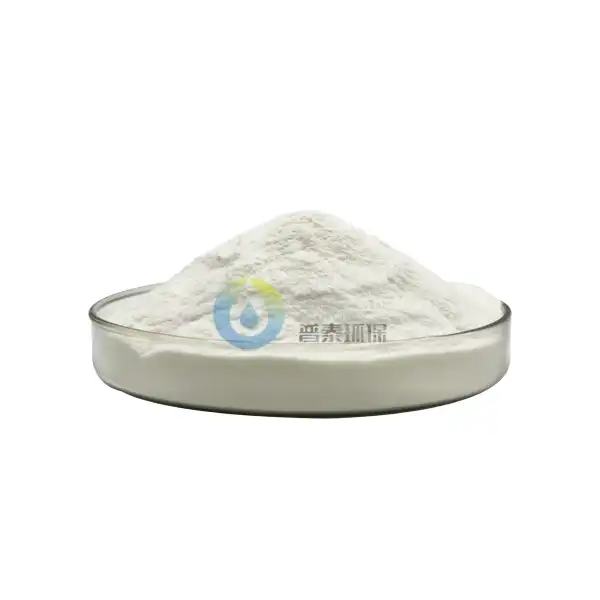 VIEW MOREPoly Aluminium Chloride In Paper Industry
VIEW MOREPoly Aluminium Chloride In Paper Industry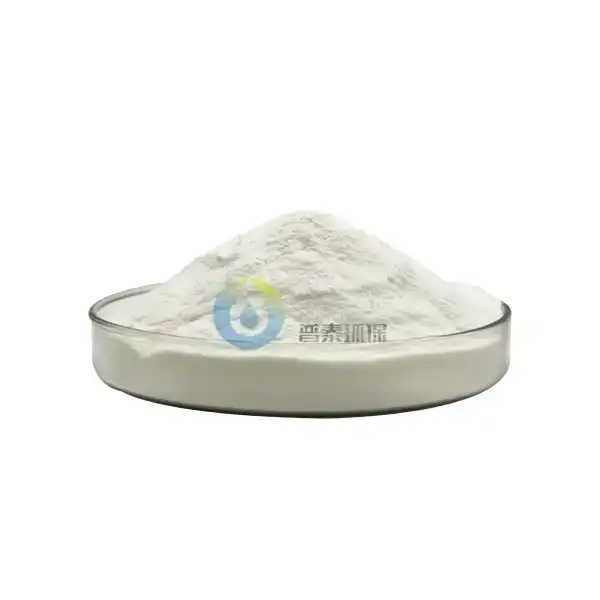 VIEW MOREPac Poly Aluminium Chloride
VIEW MOREPac Poly Aluminium Chloride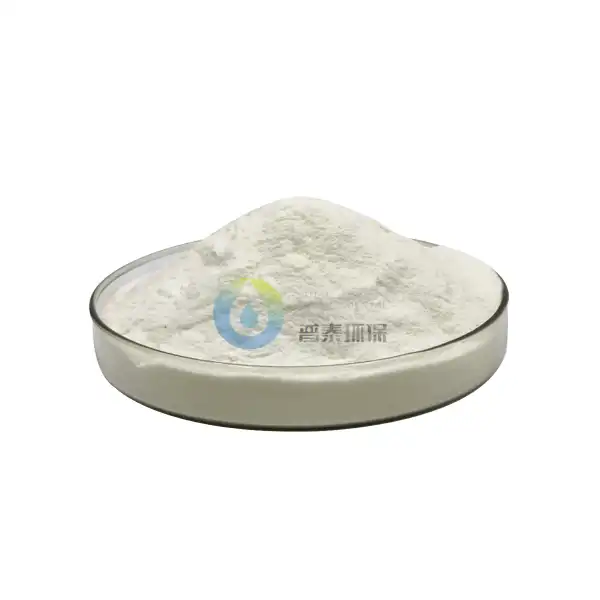 VIEW MOREPoly Aluminium Chloride Powder
VIEW MOREPoly Aluminium Chloride Powder_1729154435880.webp) VIEW MOREPoly Aluminium Chloride Liquid 10-13 for drinking water
VIEW MOREPoly Aluminium Chloride Liquid 10-13 for drinking water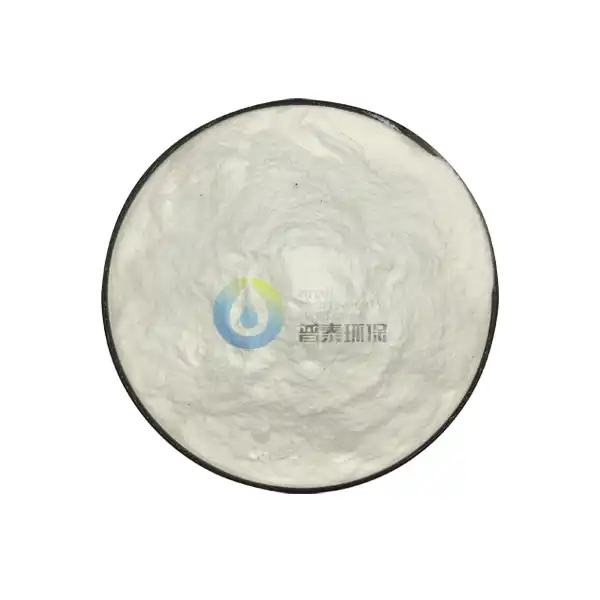 VIEW MOREPoly Aluminium Chloride In Water Treatment
VIEW MOREPoly Aluminium Chloride In Water Treatment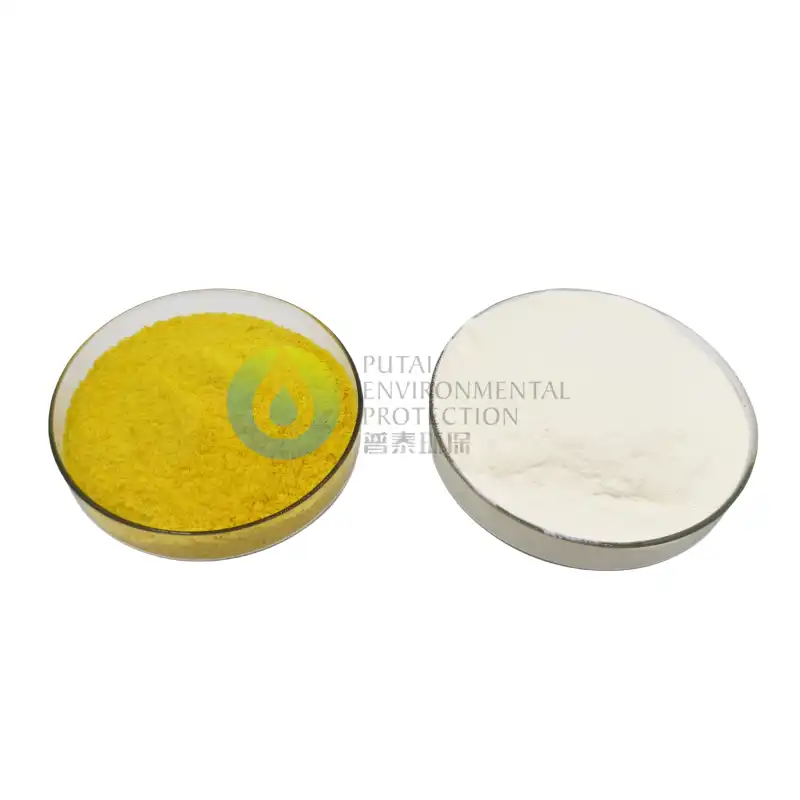 VIEW MOREPoly Aluminium Chloride In Wastewater Treatment
VIEW MOREPoly Aluminium Chloride In Wastewater Treatment固液_1729153636203.webp) VIEW MOREPoly Aluminium Chloride For Drinking Water
VIEW MOREPoly Aluminium Chloride For Drinking Water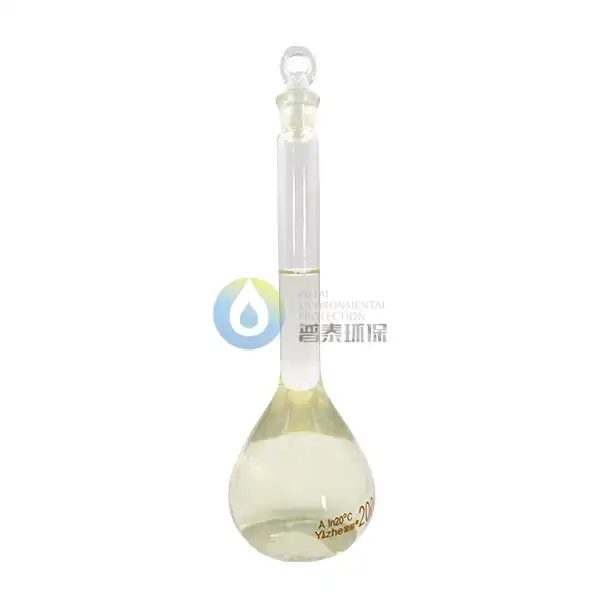 VIEW MORELiquid Poly Aluminium Chloride
VIEW MORELiquid Poly Aluminium Chloride VIEW MOREIndustrial Grade Poly Aluminum Chloride
VIEW MOREIndustrial Grade Poly Aluminum Chloride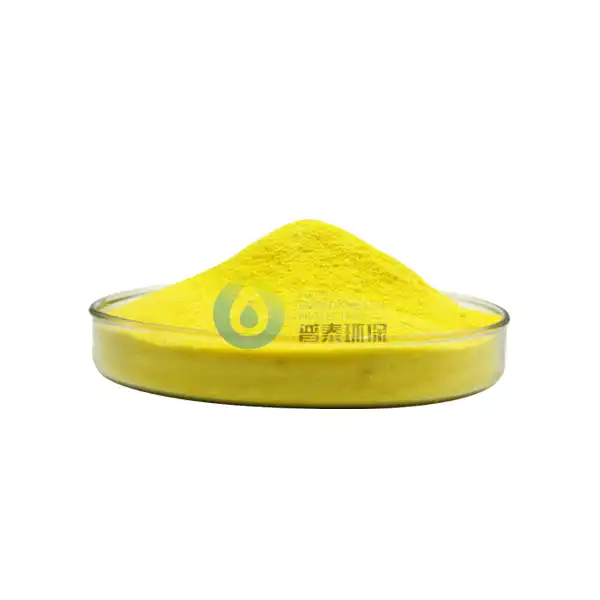 VIEW MOREDrinking Grade Poly Aluminium Chloride
VIEW MOREDrinking Grade Poly Aluminium Chloride

